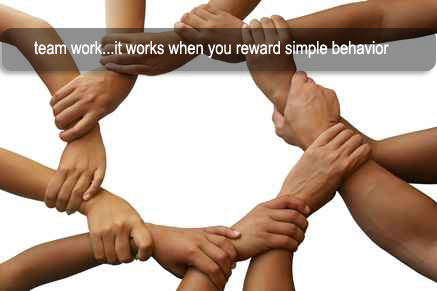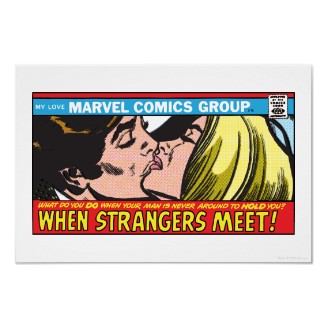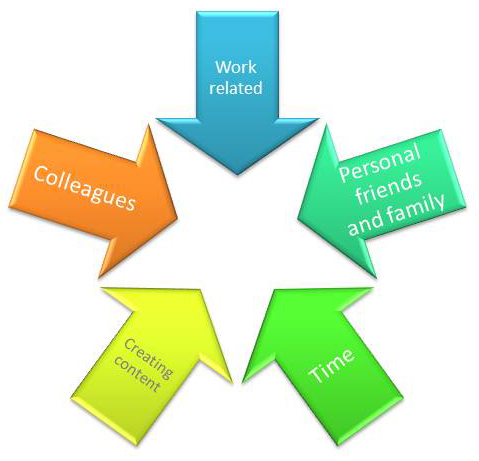
I coach. I’ve coached for a number of years spanning every sport from basketball to baseball and I have to say with utmost confidence that most of my teams have had winning records and most of my players have learned something and have had fun along the way. But…There are always those teams and those players that either don’t get it, didn’t get it, or don’t want to get it. “It” being the magic that is winning, learning, growing and having fun. Success.
It happens in sports. It also happens in the business world. I for one love sports and business analogies, so for the sake of this post I’m going to draw some quick parallels between the success of a team and the success of a business, but I’m going to let you connect the dots.
Why do teams do well?
1) Constant communication with everyone. Whether they were the worst player on the team or the best, players need to know that you know them. One on one is critical. Believe it or not, you will have players who think that you don’t care about them, don’t like them, or that you don’t even know who they are, all because you have not talked to them in any capacity one on one.
2) Provide feedback on how they can get better. There’s a reason we all practice every day. It’s so we can get better. But in order to get better, we have to know where we can get better.
3) Put people in a position to succeed. Sometimes you don’t know what you have until you see it happen. Give everyone a chance, they will appreciate it and you’ll gain insight from the experience.
4) Reward simple behavior. Sometimes it’s an encouraging word, a pat on the back, a simple thank you, increased playing time or just letting them know that you see that they are trying. But acknowledging to your players that you see them, that you are aware of what they are doing, can sometimes be the catalyst for excellence.
With this simple formula, your teams thrive and there are never any mysteries. In sports and in the business world, things are earned and hard work is rewarded, but employees and players still need to managed and coached. Believe it or not, most coaches(the good ones) see everything. They see who works hard and they also see who does not. But players are also watching the coaches. Coaches are held to standards just as managers should be and thus the same holds true in business. Treat your employees with respect and your organization will reap the benefits.
.



 -n
-n k
k t
t d)
d)![What Industries Contributed to Google's Billion in Revenues? [INFOGRAPHIC]](https://i0.wp.com/www.wordstream.com/images/google-earnings.png)



